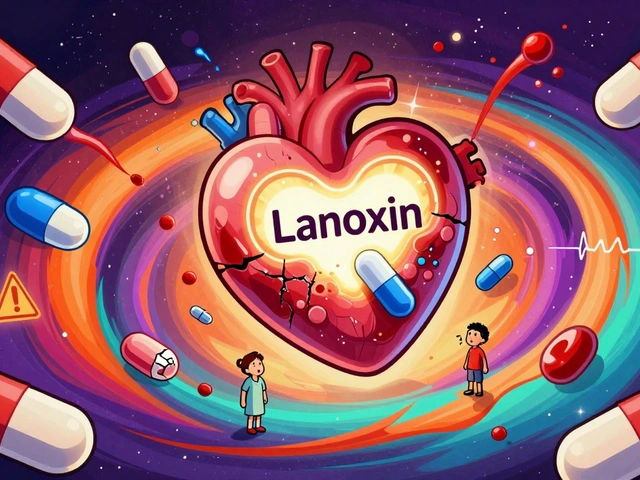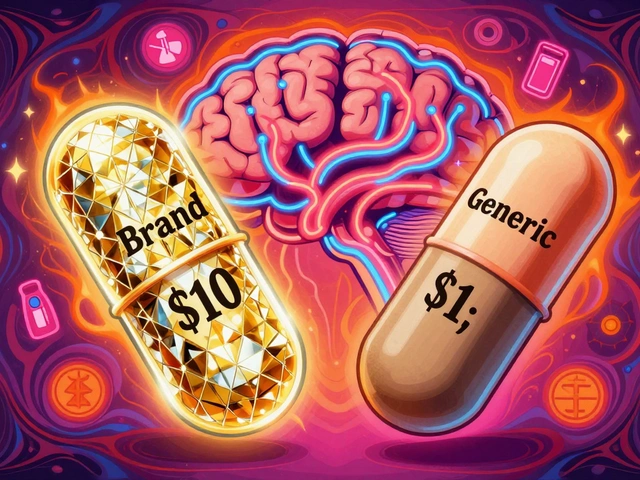Cholesterol levels: what the numbers mean and how to act
Did you know a single blood test can give a clear snapshot of your heart risk? Cholesterol numbers — total cholesterol, LDL, HDL and triglycerides — tell a story about your arteries. Read on for clear targets, practical fixes you can start now, and when to talk to your doctor.
Most places use a lipid panel. You may hear “fasting” or “non‑fasting.” Non‑fasting is okay for routine checks, but fasting helps when triglycerides look high. If you’re healthy, test every 4–6 years; if you have diabetes, heart disease, or are on cholesterol meds, expect checks every 3–12 months depending on your situation.
What the numbers mean
Here are common targets used by many doctors: total cholesterol under 200 mg/dL, LDL under 100 mg/dL (under 70 mg/dL for higher risk people), HDL 60 mg/dL or more is protective, and triglycerides below 150 mg/dL. LDL is the main driver of plaque. HDL helps clear cholesterol. Triglycerides reflect excess calories, sugar, and alcohol.
Understanding which number is off guides action. High LDL often needs diet changes and sometimes medication. Very high triglycerides (over 500 mg/dL) can raise pancreatitis risk and usually require swift treatment. Low HDL alone isn’t always a reason for drugs — lifestyle moves often raise it.
Simple, real steps that move the needle
Food changes that work: replace butter and fatty cuts with olive oil, nuts, and oily fish. Eat more soluble fiber — oats, apples, beans — which can lower LDL by binding cholesterol in the gut. Cut sugary drinks and refined carbs; they spike triglycerides. Try two servings of fatty fish per week or a prescription fish oil if your doctor recommends it.
Move your body: 30 minutes of moderate exercise most days raises HDL and lowers LDL and triglycerides. Losing 5–10% of body weight usually helps. Quit smoking — HDL improves within weeks. Limit alcohol; even moderate drinking can push triglycerides up.
Supplements can help a bit: plant sterols, psyllium, and omega‑3s reduce numbers modestly. Don’t start anything without checking with your clinician, especially if you take other meds. If lifestyle shifts aren’t enough, statins are proven to cut heart attacks and strokes — doctors will balance benefits and side effects like muscle aches.
Watch for progress: recheck labs about 6–12 weeks after major changes or starting a drug. If you have early heart disease in your family, diabetes, or prior heart events, see a specialist sooner. Small, steady changes add up — pick two realistic habits to start this week and measure the results in months, not days.
Questions about your numbers? Bring them to your next visit and ask for clear targets based on your age, health, and family history. That simple conversation often sets a plan that really works.
Gemfibrozil's Role in Managing Cholesterol in Thyroid Disorders
Gemfibrozil, a lipid-regulating medication, offers significant potential in managing cholesterol levels in patients with thyroid disorders. By understanding how thyroid function impacts lipid metabolism, healthcare professionals can tailor treatments for better patient outcomes. Gemfibrozil can be especially effective due to its ability to lower triglycerides and raise HDL cholesterol. Proper use and awareness of possible drug interactions can maximize its benefits while minimizing risks.





